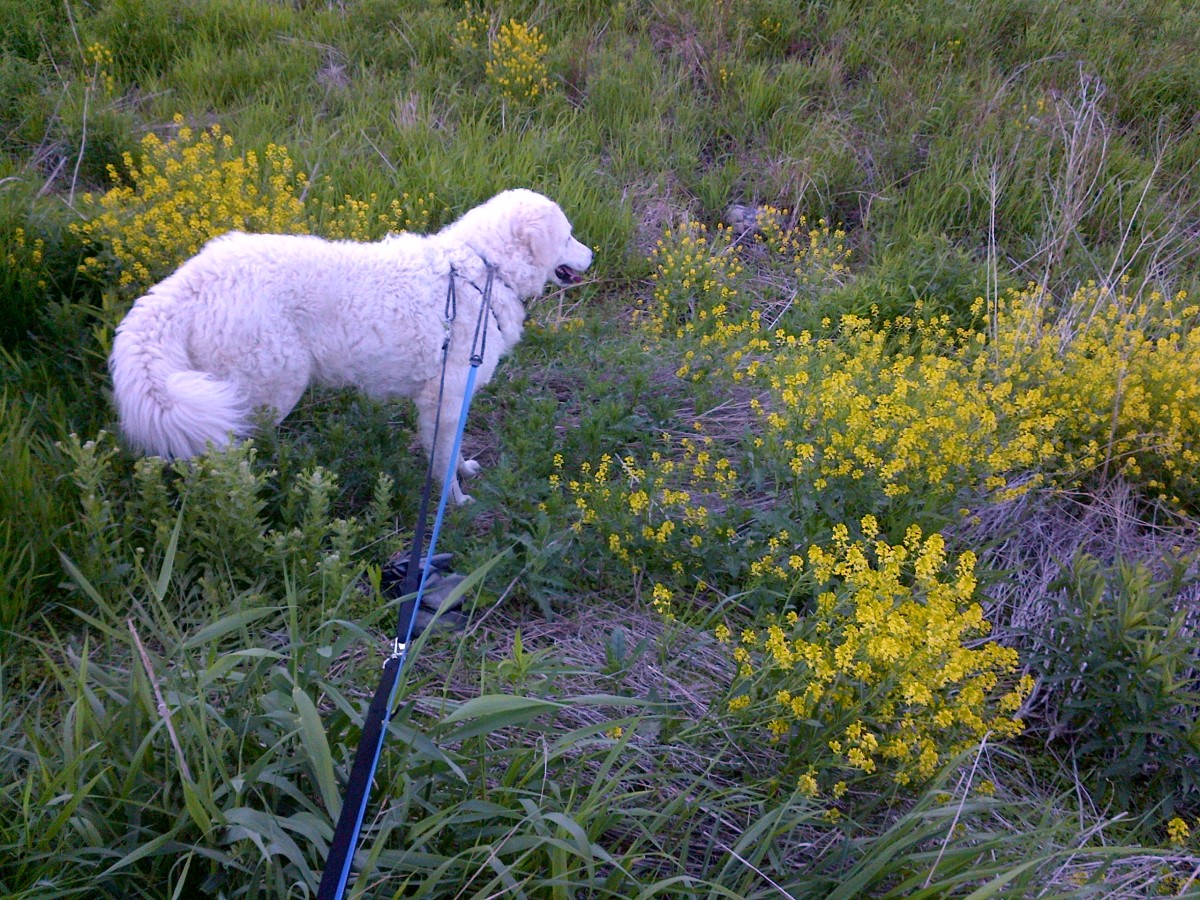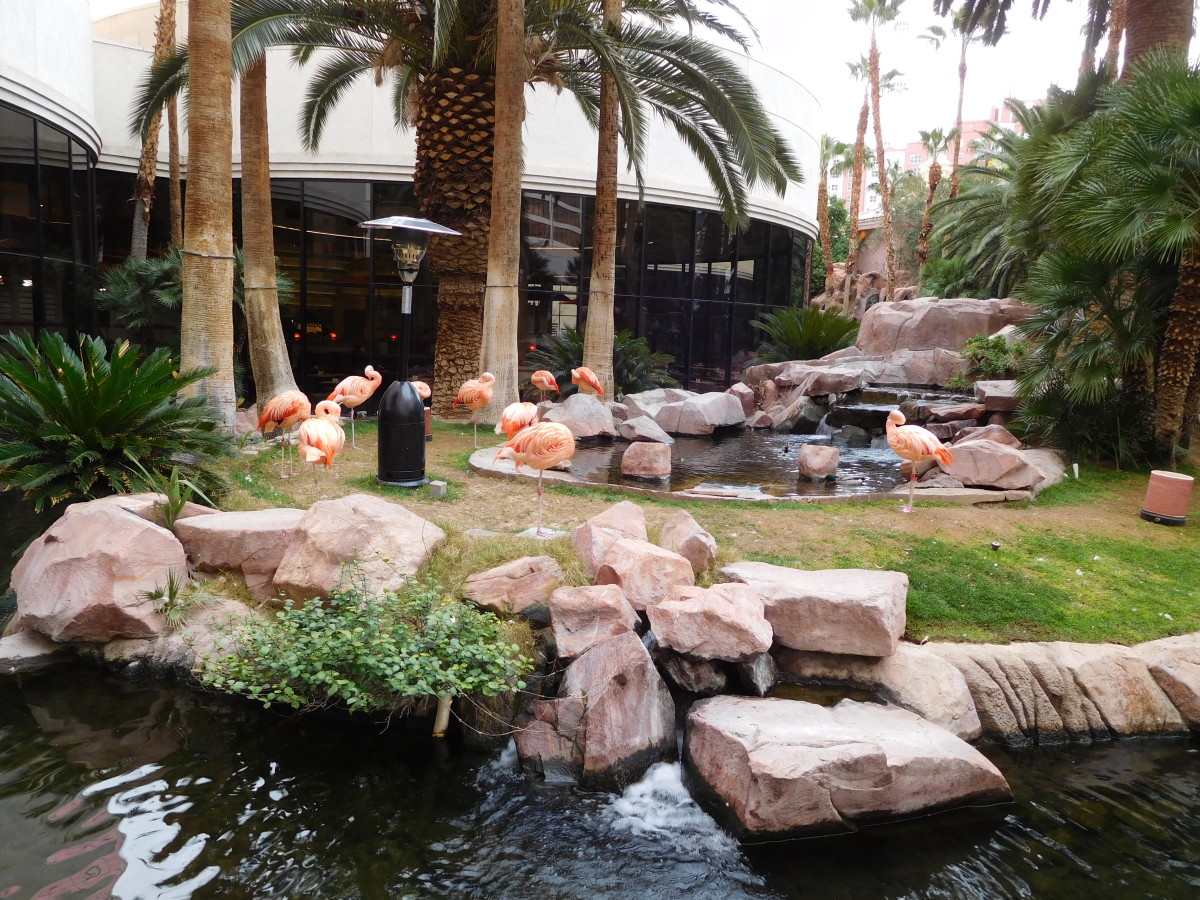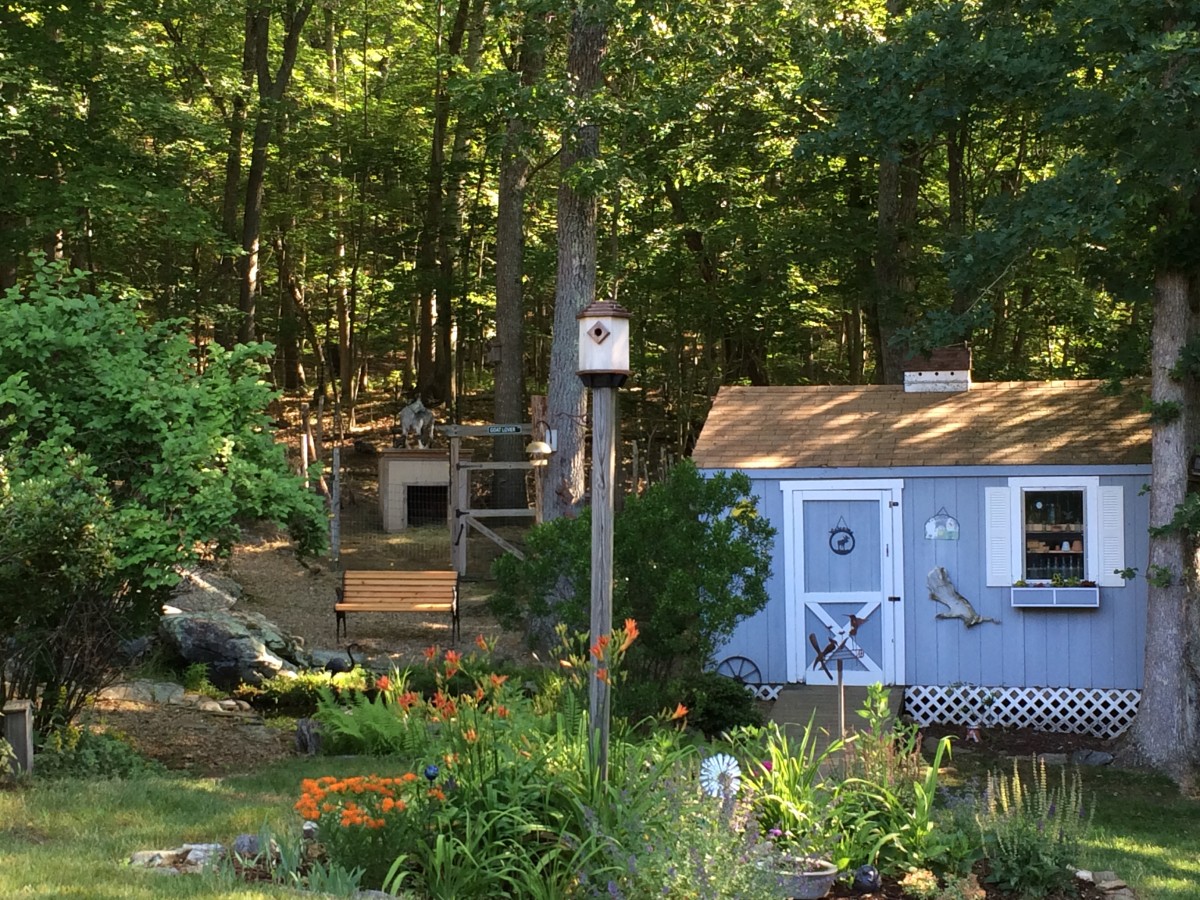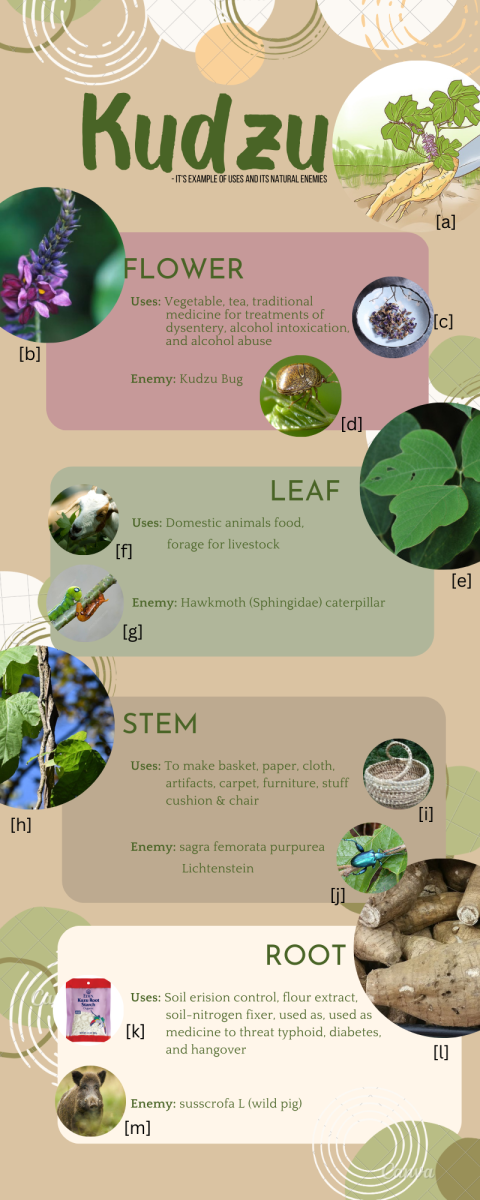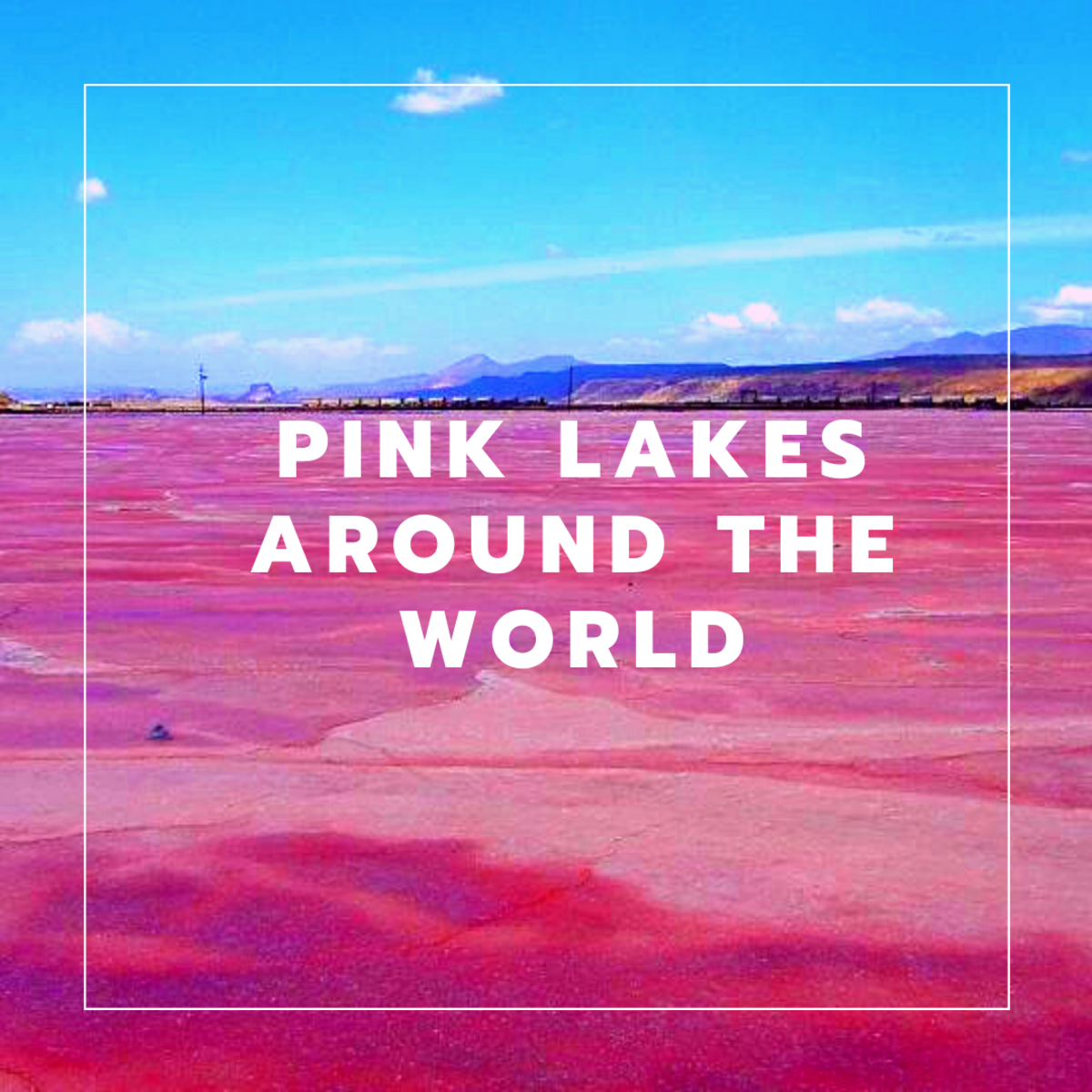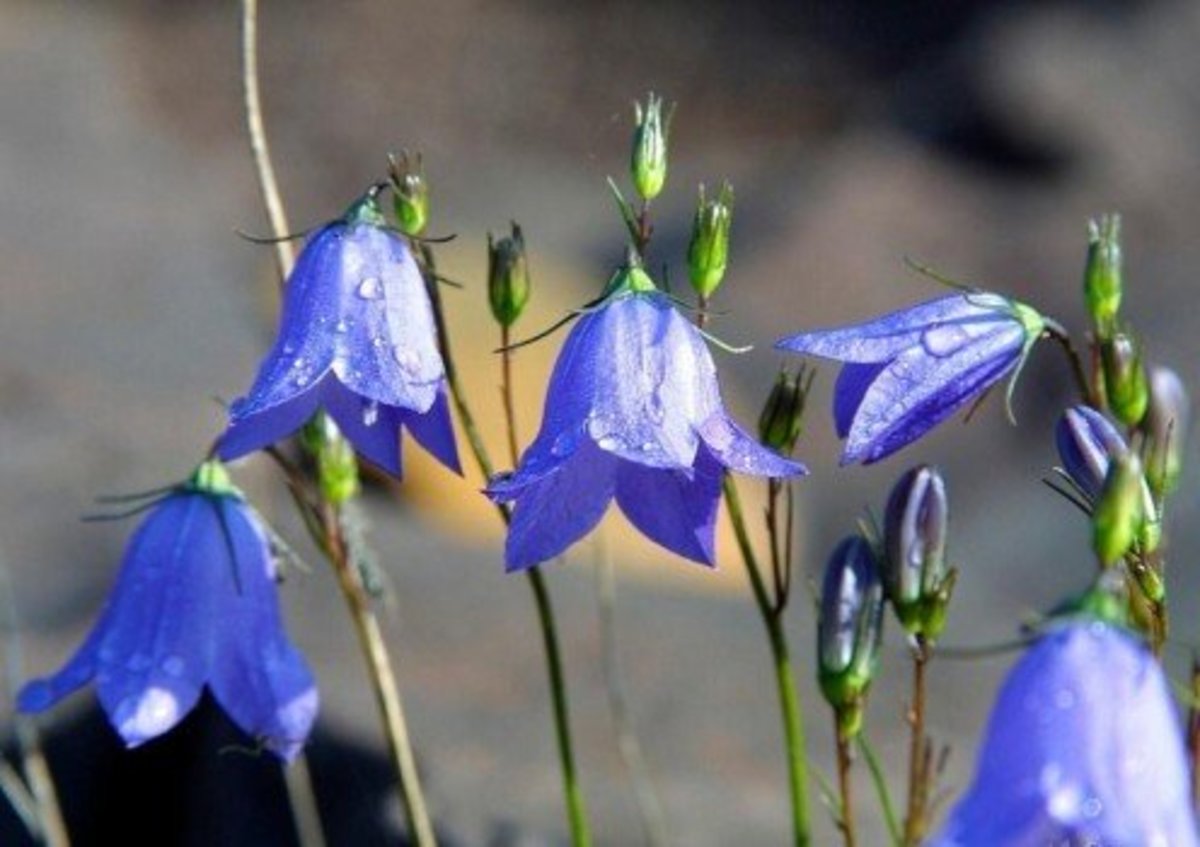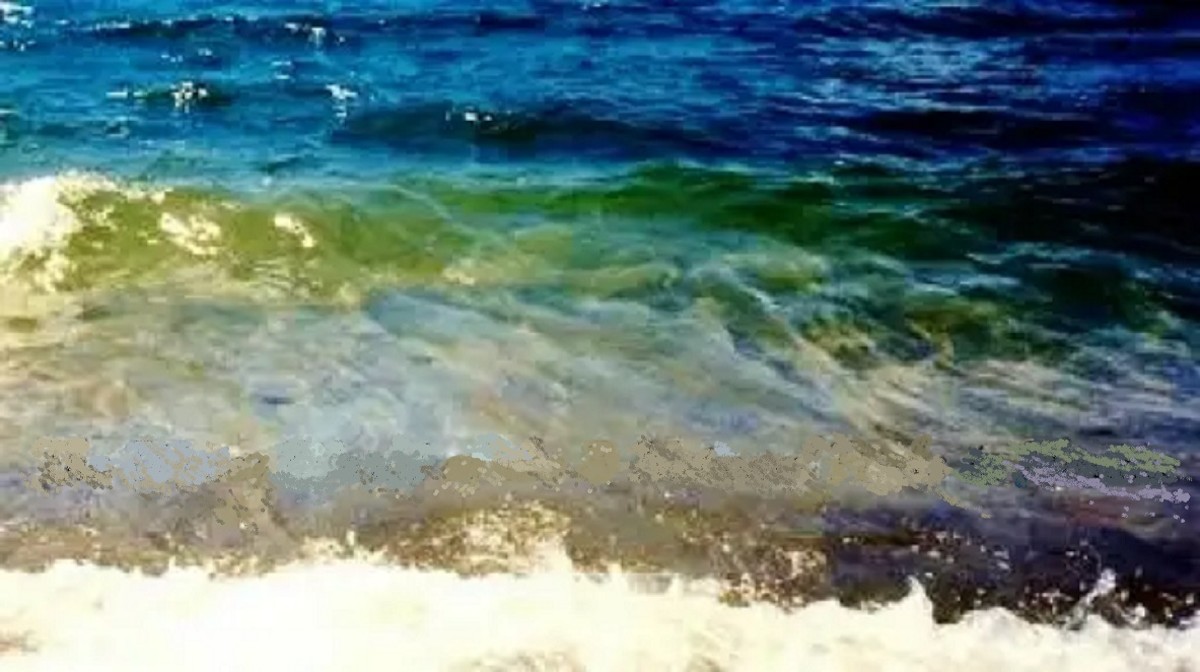The Lost Prairies and Songs of Michigan
Diversity Loss in Michigan
Humans have destroyed 99% of our grasslands due to the fertile soil for agriculture, the building of our roads and cities, and by introducing species that change habitats. Some very important birds have dwindling resources to continue living here. Forced to the very fringes of land that once supported continuous tracks of open woodland and prairies, these species are disappearing rapidly. Their songs may never be heard again. All is not lost however. There is hope of restoring some of the native savannas of old. Many are changing unused land to facilitate this very process. Although you may not have acres of land, there are still a lot of ways you can incorporate this idea into your home gardens. Native wildflowers and grasses are crucial to any attempted resurgence that we may hope for. Recognition of these plants is of utmost importance especially when comparing to invasive foreign species that tend to encroach on our more fragile native types. Developing practices have made this whole process easier and more sustainable.
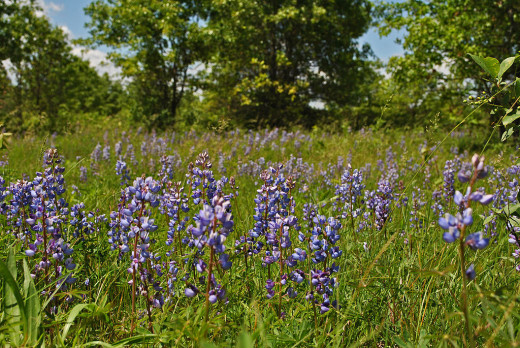
History of Michigans Savannas and Prairies
The beginnings of Michigan's grasslands began about 10,000 years ago as the last great ice age in the Pleistocene Epoch slowly retreated. The bedrock of sandstone underneath Michigan was picked up and then deposited in glacial outwash carving out the shape of our state. The soil was sandy and full of gravel. It was mineral rich but not very organic. Dryer types of prairie plants moved in from the southwest, while wetland species came from the southeast quickly taking advantage of the specific conditions these plants thrived in. After establishing some organic material as the plants decomposed into the top layer of soil, some trees became commonplace in wetter areas. Occasional wildfires created by lightning strikes ensured that the prairies would stay intact as many types of trees were damaged or destroyed. A few types of trees survived and certain plants would flourish after these fires. Clearing leaf litter, debris, and opening up the canopy gave many species with deep roots the opportunity to come back in full force. Potawatomi Indians (people of the place of fire) continued these burns up until the european settlers arrived. These burns would clear low growing brush which made traveling easier, encouraged berry crops to explode, and improved hunting grounds.
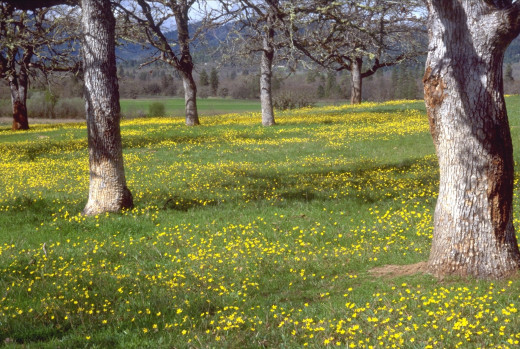
The Shift to Agriculture
When settlers from Europe first arrived in Michigan the open prairies and savannas dominated the southern half of Michigan. We did not have time to study this habitat before it was almost gone and must rely on descriptions by the first colonists. It was said that the landscape resembled a well cared for park that could easily be moved through. They were also witness to fires in the spring that moved through the fields and woodlands. It would warm the earth and ground vegetation would spring up creating vast areas of wildflowers. The savannas were woodlands with sparsely scattered oaks amongst shade tolerant grasses and wild flowers. There were no bushes or scrub areas to hinder your way. Just open flat lands with sporadic canopy cover. This landscape was described as 'oak openings' and they occurred in random patterns across the state. Oak trees dominated these patches of open woodland but included many other species. (Bur, Black, White, Yellow Oaks, Black Cherry, and Red Maple). In particular, oak trees have tougher bark that hinders the damage done by flames. In between the oak openings were vast prairies of waving grasses and wildflowers(Big Bluestem, Indian, and Switch grasses; Black-eyed Susan, Wild Senna, Sky Blue Aster, and Tall Coreopsis wildflowers) Parcels of land that were quickly settled usually incorporated both types of habitat in order to have pieces of each. Houses were built in the woodland area while prairies were tilled over for farming. The 1800's replaced these environments with fields of crops and tree-lines. The indians practice of prescribed burns was abandoned as firebreaks became more common. Also, the native population lost more land, then were resettled in other areas. The natural landscape was truly changed.
Prairie Restoration Efforts Along Paint Creek Trail in Oakland County
Connecting With Wildlife Corridors
Like in the video above many are trying some restoration attempts at bringing back the lost natural areas of Michigan. The Paint Creek Trail project is a prime example of this, but we need to think more broadly in order to restore some original environments. The goal of these projects is to bring back pockets of these natural areas across the state. There is also another key factor in recreating the prairies and savannas of old. Life grew and moved across landscapes with no boundaries in the past. Our civilization creates these blockades that endanger the well-being of our plants and animals. The use of wildlife corridors has become an interesting concept in the last decade. Allowing species to move freely among these natural areas increases biodiversity and healthy genes. Corridors bridge the gaps between large prairie sanctuaries. Opening up spaces across the state can rebuild some of what we have taken away. We can not replace the layers of life-cycles that are intricately woven into the landscape without some effort. It will take time and hard work, but the system will work better if achieved. The plants and animals that have lived here are supposed to be here. That's the whole point.
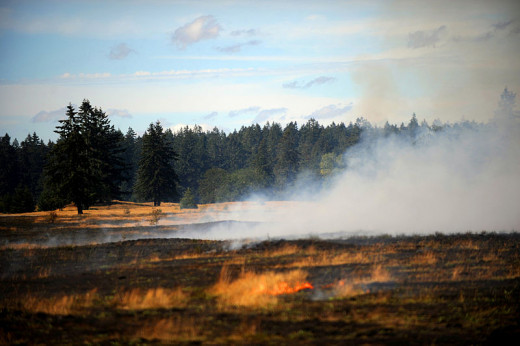
Creating a Wildlife Habitat
Depending on the size of the tract of land available will help decide how far-reaching your plan can be. It can be done in stages where small areas are rehabilitated or do large sections at the same time. Three years is the typical amount of time it takes to really see some major progress. The first step is determining which invasive and undesirable plants have encroached on your land. Spending some time educating yourself will help immensely when putting your plan into action. Removing trees and plant material that are not part of the prairie system is key to a good foundation. Prescribed burns are the next step. Professional advice and required permits are necessary when attempting this. Burns will help eradicate invasive species that do not have the deep roots that native plants are known for, and some prairie seeds will only germinate after being burned. This should be done every 4 to 8 years for habitat retention. Seeds should be planted no deeper than 1/2 inch in somewhat loose soil. A mixture of perennials, bi-annuals, and annuals should be used. Most plants will not flourish the first year. It is important during the first couple seasons to pay close attention to returning weeds and to extract them efficiently. By the third year your landscape should be achieving the desired result. Now you can relax and enjoy the beauty and hope for the return of song birds. Mild maintenance is all that is needed from here on out. Keep an eye out for the invasives and remember to regulate the overgrowth with prescribed burns.
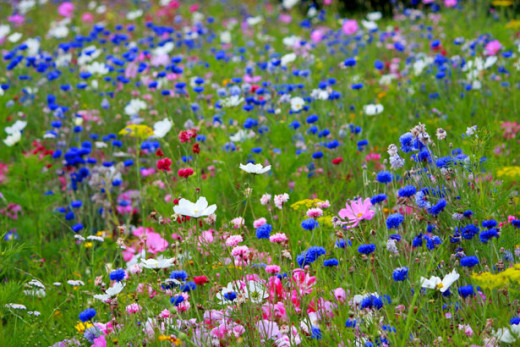
Start a Habitat Friendly Garden At Home
Planting native species in our home gardens can always help bring in butterflies and various birds. Sometimes we have an attraction to exotic plants but we might not see the consequences. Insects and birds need the plants that they have adapted to and the exotics just don't work. Although they may be beautiful, in reality they create a dead zone in the natural environment. Even worse, they can contribute to all kinds of negative effects. Many introduce toxins that poison native wildlife. Others can grow so fast and choke out natives that they create a monoculture that eliminates biodiversity. If we all began to buy and plant native species we could recreate the landscape that we have almost destroyed. Below is a link to help. It all starts with a few good choices.
“We abuse land because we see it as a commodity belonging to us. When we see land as a community to which we belong, we may begin to use it with love and respect.”
― Aldo Leopold
Search for Native Plants
- Michigan Native Plants Database Search
Native Plant Nursery Michigan Native Plants Database- you can search the database by a variety of criteria (height, flower color, flowering time, sun or shade, wet or dry, etc...) and view our images and information about the plants.

